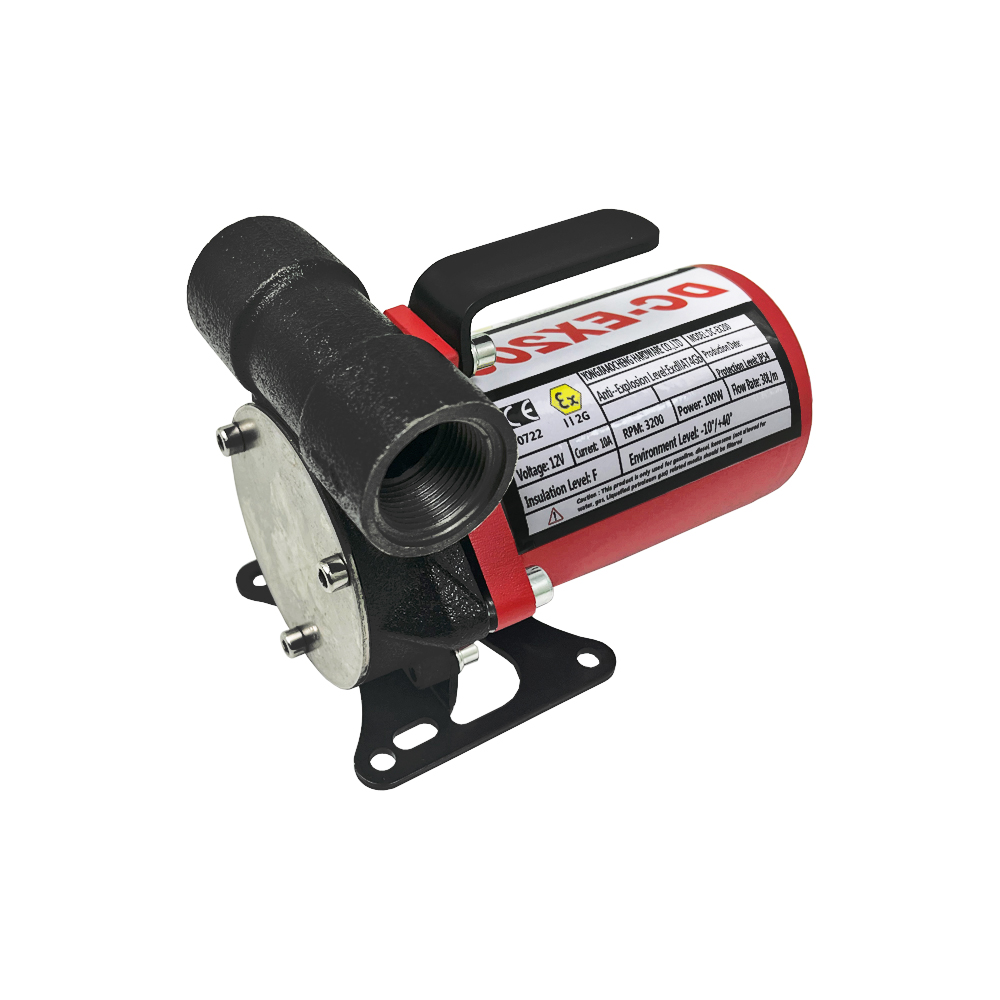Whether it’s getting gasoline from an underground tank to the pumps or moving water between treatment stages, transfer pumps are the indispensable workhorses that keep fluids flowing. But what exactly do these overlooked machines do, and what types handle different liquid transfer duties? Let’s explore the functionality, applications, types, selection, and care of transfer pumps. […]

Whether it’s getting gasoline from an underground tank to the pumps or moving water between treatment stages, transfer pumps are the indispensable workhorses that keep fluids flowing. But what exactly do these overlooked machines do, and what types handle different liquid transfer duties?
Let’s explore the functionality, applications, types, selection, and care of transfer pumps.
In simplest terms, a transfer pump moves liquid from one place to another. More specifically, it imparts energy to increase the pressure and flow rate of the fluid being pumped to overcome friction in pipes, gravity, and other system resistances. This transfers the liquid into a pressurized pipe or container against the existing atmospheric or head pressure.
Diesel transfer pump comes in many configurations, but essentially consist of:
By repeatedly filling and forcing out liquid, transfer pumps can continuously move fluid between storage vessels, process stages, and other points as required. The heart of the fuel transfer pump is the rotating impeller that adds velocity and pressure to the passing liquid.
Transfer pumps enable key movement of water and fuels in many applications:
With the ability to handle large volumes, transfer pumps are ideal for any application requiring liquid movement from point A to point B.
There are numerous fuel transfer pump designs tailored to different liquid properties and piping setups. Key types include:
To sustain performance, oil transfer pump requires periodic inspection and maintenance based on running hours. Key upkeep tips include:
Catching minor issues early prevents major failures down the road. Always consult manufacturer guidance for maintenance specifics.
For optimal service life, use pumps within their design capacity – don’t oversize or undersize. Avoid deadheading and rapid cycling that stresses components. Keep solids loading within limits and store pumps properly between uses. Whether you need to empty a wastewater pit, refill a water tower, or top off a chemical batching tank, a fuel transfer tank pump keeps the process flowing. Contact Aocheng today for proper selection, installation, operation, and care of transfer pumps.




